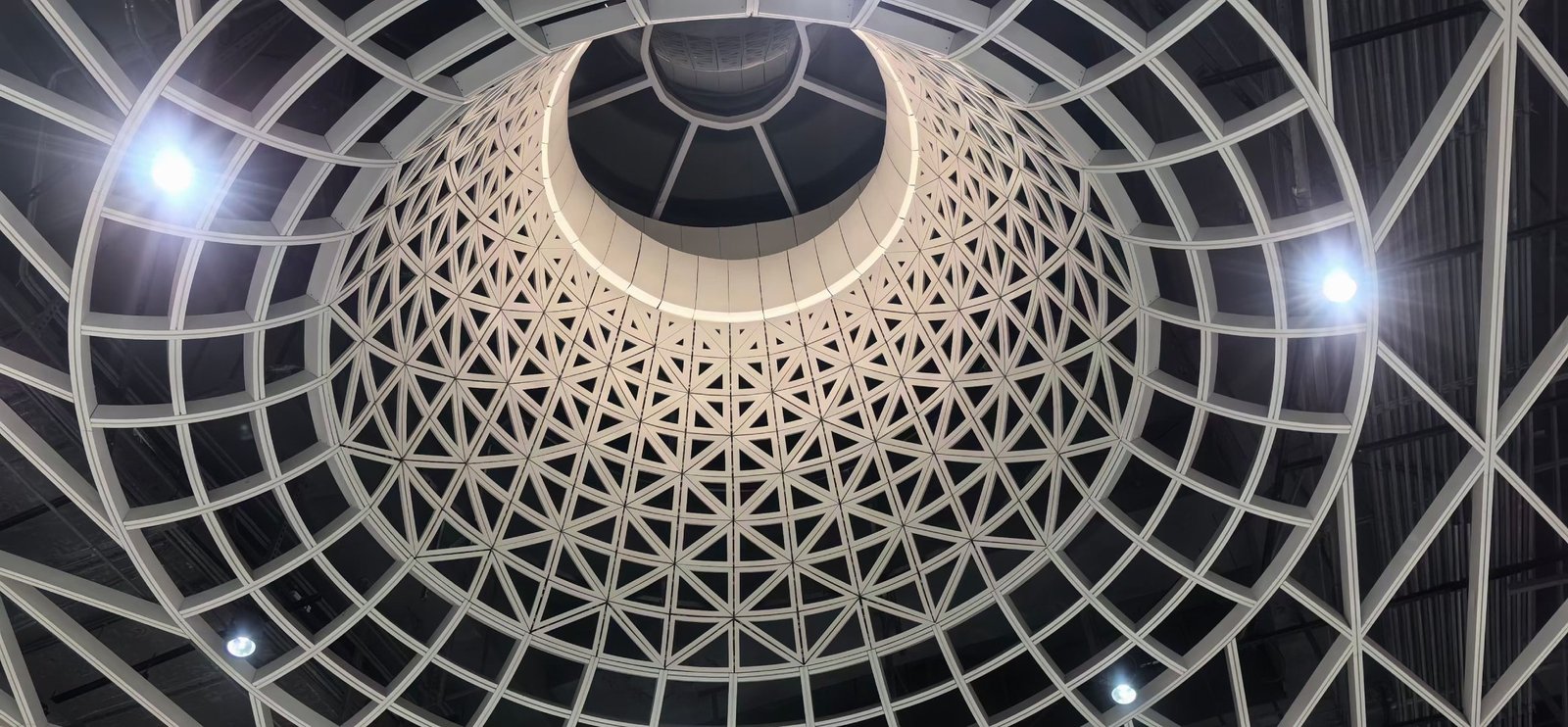The Advantages of Aluminum Perforated Panel for Modern Architecture
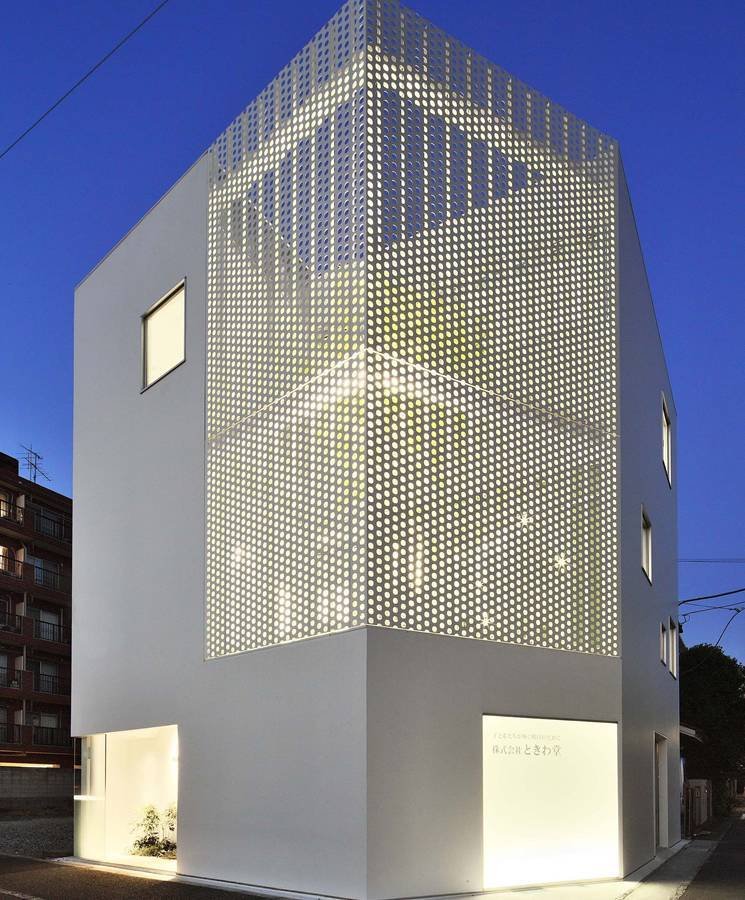
alufrom
October 22, 2024
In recent years, aluminum perforated panels have become a go-to material in modern architecture. Their aesthetic versatility, lightweight durability, and functional benefits make them an ideal choice for architects and builders. Whether used for facades, ceilings, or partitions, aluminum perforated panels offer a range of advantages that can enhance both the design and performance of a building. In this article, we’ll explore the key benefits of using aluminum perforated panels in modern architectural projects.
1. Aesthetic Flexibility and Design Innovation
One of the most compelling reasons to use aluminum perforated panels in modern architecture is their design versatility. Architects can experiment with a wide range of patterns, textures, and finishes, allowing for creative freedom in architectural design.
- Customizable Designs: Aluminum perforated panels can be customized with various hole sizes, shapes, and patterns, providing architects with endless design possibilities. Whether you want a sleek, modern appearance or a more intricate, artistic design, perforated panels can achieve the desired look.
- Creative Light and Shadow Effects: The perforations in the panels allow light to pass through, creating stunning light and shadow effects. This interplay of light enhances the building’s visual appeal, both inside and out.
- Variety of Finishes and Colors: Available in numerous finishes, such as anodized, powder-coated, or painted, aluminum perforated panels can match any aesthetic requirement. Architects can choose colors and textures that complement the building’s overall design theme.
2. Durability and Weather Resistance
Aluminum is known for its excellent resistance to corrosion and weathering, making it an ideal material for outdoor applications. This durability is particularly important in modern architecture, where buildings are often exposed to harsh environmental conditions.
- Corrosion Resistance: Aluminum naturally forms a protective oxide layer, which shields it from rust and corrosion. This makes aluminum perforated panels a reliable option for exterior applications, especially in coastal regions or areas with high humidity.
- Low Maintenance: Unlike other materials that require regular painting, sealing, or treatment, aluminum perforated panels maintain their appearance with minimal maintenance, making them a cost-effective option over the long term.
- Impact Resistance: Despite being lightweight, aluminum is a strong material that can withstand external forces such as wind, rain, and impact, ensuring the longevity and structural integrity of the panels.
These features make aluminum perforated panels a durable and practical choice for both exterior cladding and interior partitions in modern buildings.
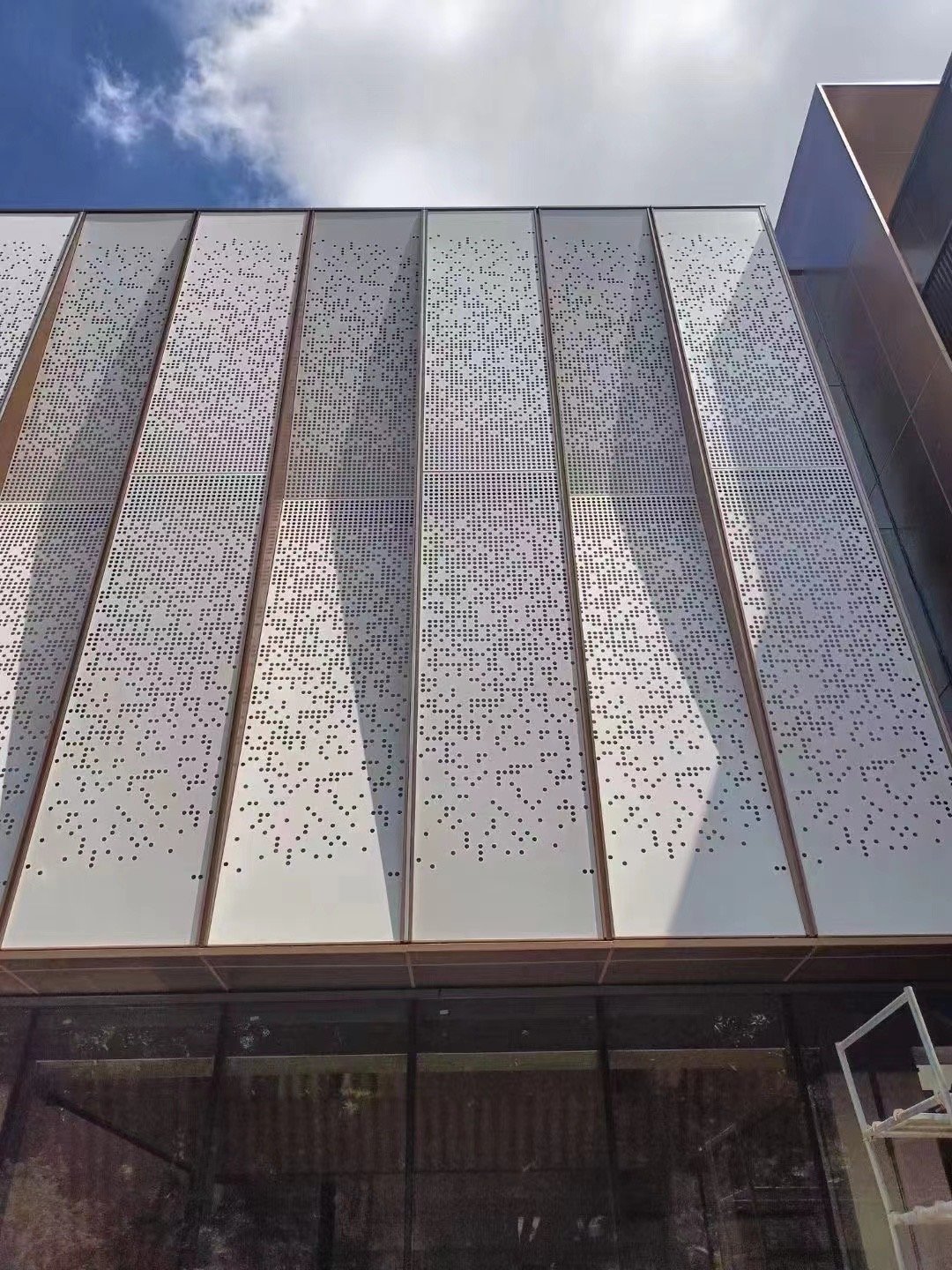
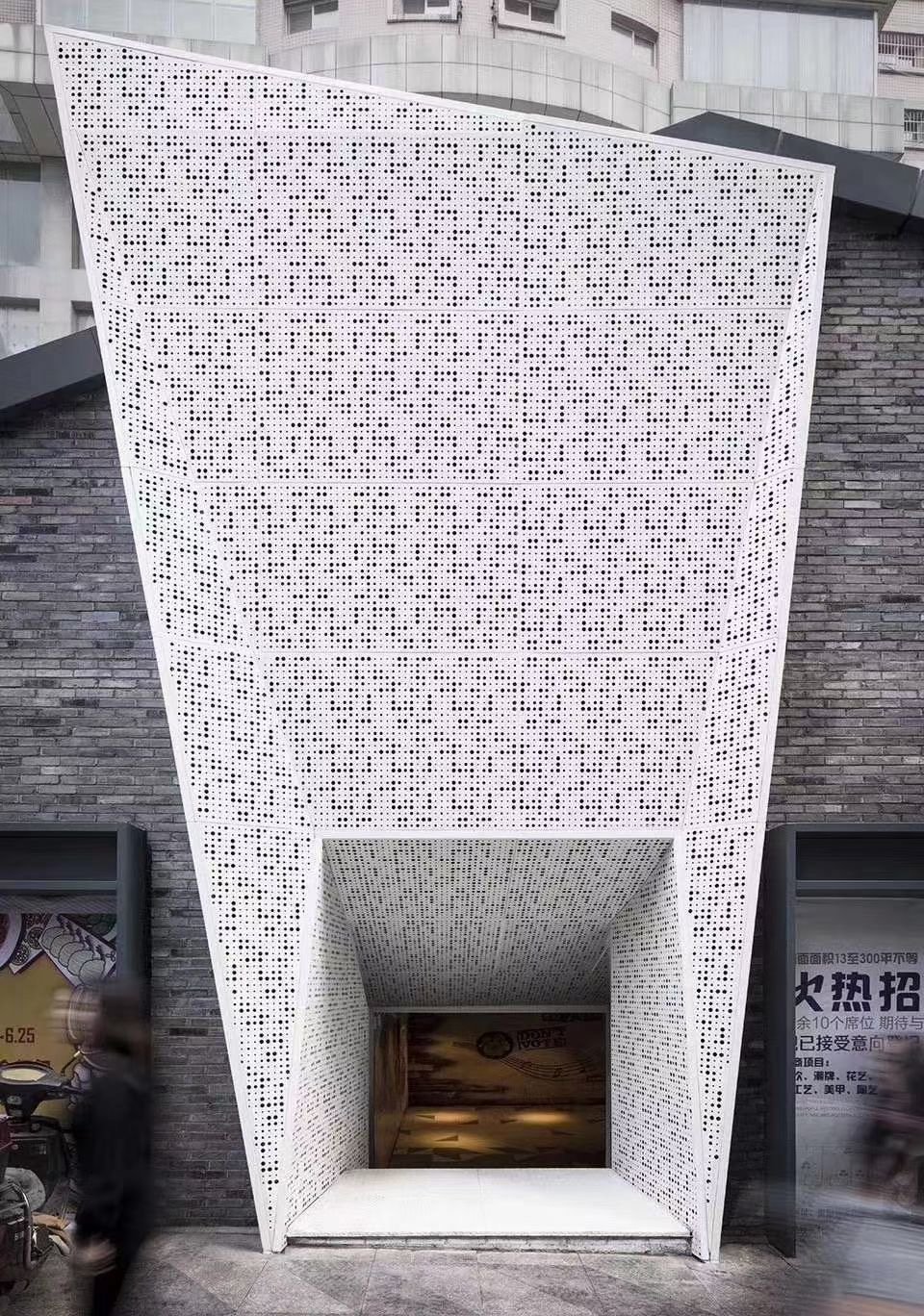
3. Energy Efficiency and Sunlight Control
Energy efficiency is a critical factor in modern architecture, and aluminum perforated panels play a key role in optimizing a building’s energy performance. By controlling sunlight and promoting natural ventilation, perforated panels can significantly reduce energy consumption.
- Sun Shading: Aluminum perforated panels can act as sunshades, filtering sunlight to reduce heat gain and glare inside the building. This is particularly useful in hot climates where excessive sunlight can increase cooling costs. The panels allow natural light to enter the space while minimizing solar heat.
- Energy Savings: By reducing the need for artificial cooling and lighting, perforated panels contribute to energy savings over time, lowering the building’s overall energy footprint.
- Natural Ventilation: The perforations in the panels also allow for natural airflow, which helps regulate indoor temperatures without the need for mechanical ventilation systems. This makes buildings more sustainable and energy-efficient.
By integrating aluminum perforated panels into your building’s design, you can enhance energy efficiency while maintaining a modern, aesthetic appeal.
4. Acoustic Performance and Noise Reduction
Noise control is becoming increasingly important in urban architecture, where buildings are often located in noisy environments. Aluminum perforated panels can help mitigate noise pollution, making them ideal for both interior and exterior applications.
- Noise Absorption: Perforated panels can absorb sound, reducing noise levels both inside and outside the building. This is especially beneficial in urban areas where traffic, construction, and other environmental noises can impact comfort.
- Enhanced Acoustic Quality: Inside the building, perforated panels can improve the acoustic quality of spaces like conference rooms, auditoriums, and lobbies by reducing echo and reverberation.
The ability to enhance acoustic performance while maintaining a sleek design makes aluminum perforated panels an excellent choice for spaces that prioritize both aesthetics and sound control.
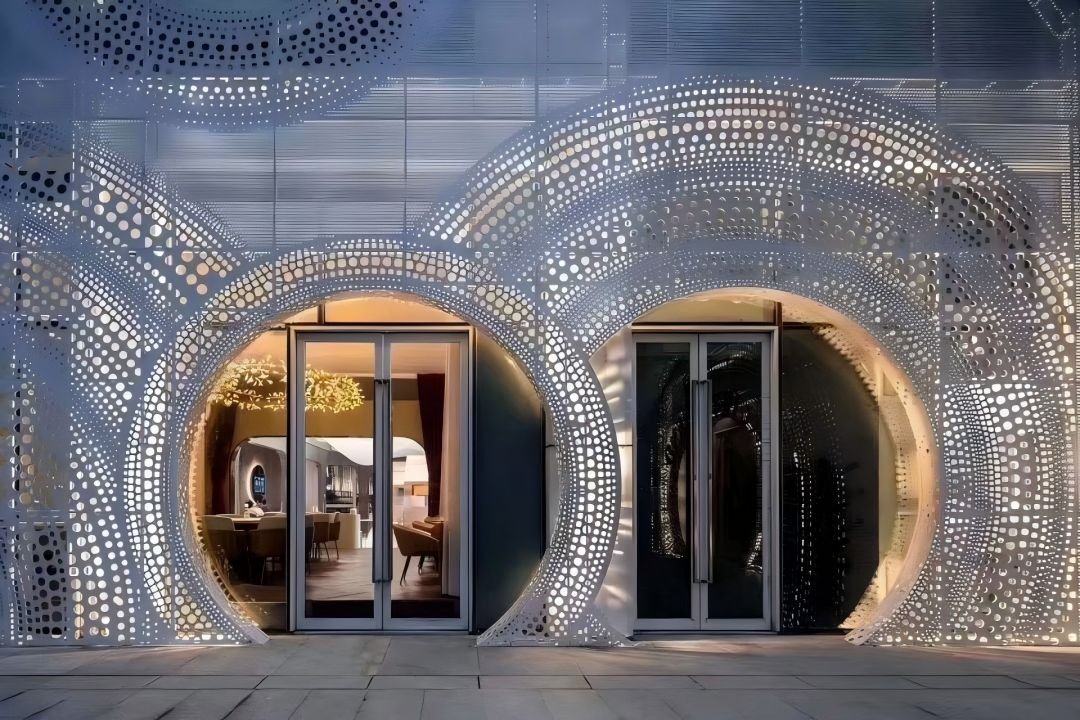

5. Sustainability and Eco-Friendliness
Sustainability is a growing priority in modern architecture, and aluminum perforated panels offer several eco-friendly benefits that make them a smart choice for environmentally conscious projects.
- Recyclability: Aluminum is 100% recyclable, meaning that perforated panels made from aluminum can be recycled without losing their quality. Using recycled aluminum significantly reduces the environmental impact of a project.
- Energy Efficiency: As previously mentioned, the energy savings from using perforated panels for sun shading and natural ventilation contribute to a building’s sustainability by reducing its overall energy consumption.
- Lightweight Structure: Aluminum’s lightweight nature reduces the energy required for transportation and installation, further contributing to the sustainability of a project.
By choosing aluminum perforated panels, architects and builders can create eco-friendly designs that align with green building standards and reduce a building’s carbon footprint.
6. Versatile Applications
Aluminum perforated panels are not limited to facades or cladding; they can be used in various architectural applications, making them a versatile material for both interior and exterior design.
- Facades and Cladding: Perforated panels are commonly used as decorative facades or cladding systems, giving buildings a modern and dynamic appearance while offering functional benefits like ventilation and sun shading.
- Interior Partitions: Inside the building, perforated panels can serve as room dividers, decorative walls, or ceiling panels, adding a contemporary touch to the interior design.
- Balustrades and Railings: Aluminum perforated panels can also be used in balustrades and railings, providing safety and style in outdoor and indoor spaces alike.
This versatility makes aluminum perforated panels a valuable material for architects who want to create cohesive designs across multiple elements of a building.
Conclusion
Aluminum perforated panels are a versatile, durable, and sustainable solution for modern architecture. Their design flexibility, combined with their functional benefits such as energy efficiency, noise control, and weather resistance, makes them an ideal choice for facades, cladding, and a wide range of other applications. Whether you’re designing a residential building, commercial structure, or public space, aluminum perforated panels offer a perfect balance of aesthetics and performance.
For architects and builders looking to create cutting-edge, eco-friendly designs, aluminum perforated panels are the ideal material to bring your vision to life.


